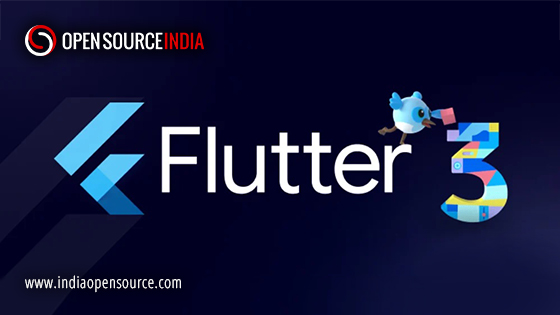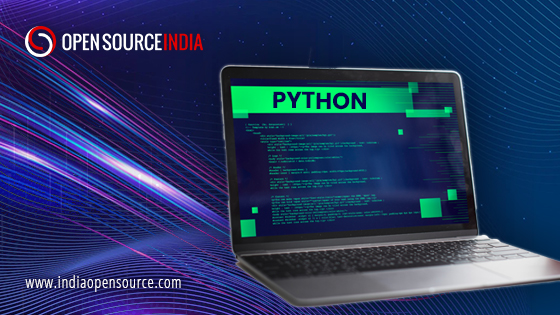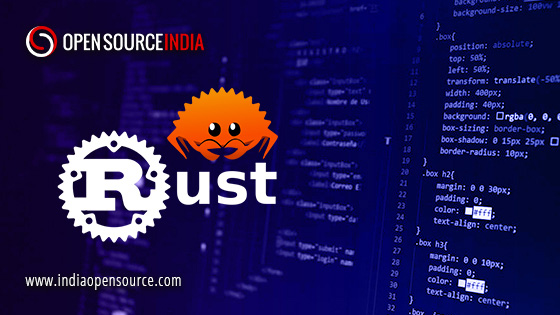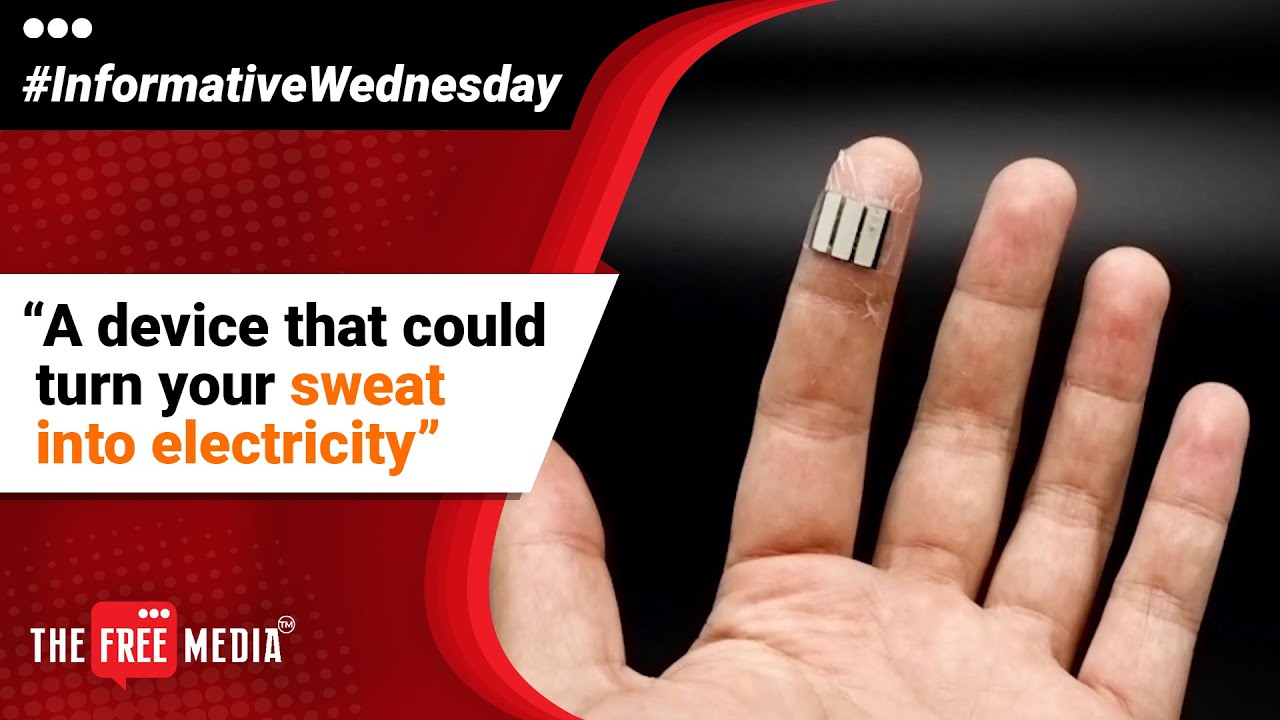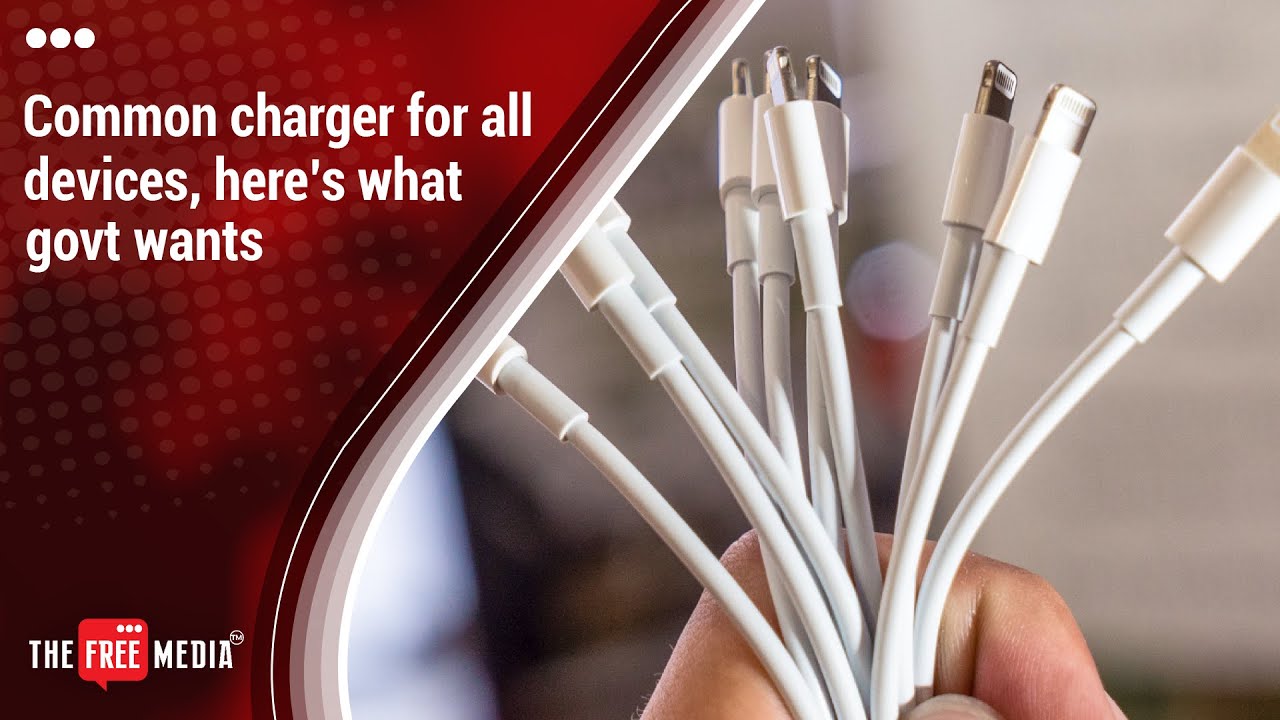Flutter is a complete SDK for developing cross-platform applications (now)supporting 6 platforms Android, iOS, macOS, Windows, Linux, and the web. Flutter is used to create hybrid applications, which was first launched in 2015 by the name “Sky”. In 2017, Flutter Alpha was released and since then, it has improved its functionalities to provide better frameworks, tools, and libraries to build cross-platform applications.At the Google I/O 2022 event, Flutter 3.0 was announced with significant advancements over the previous 2.5 version. The top features in the latest version of Flutter are-
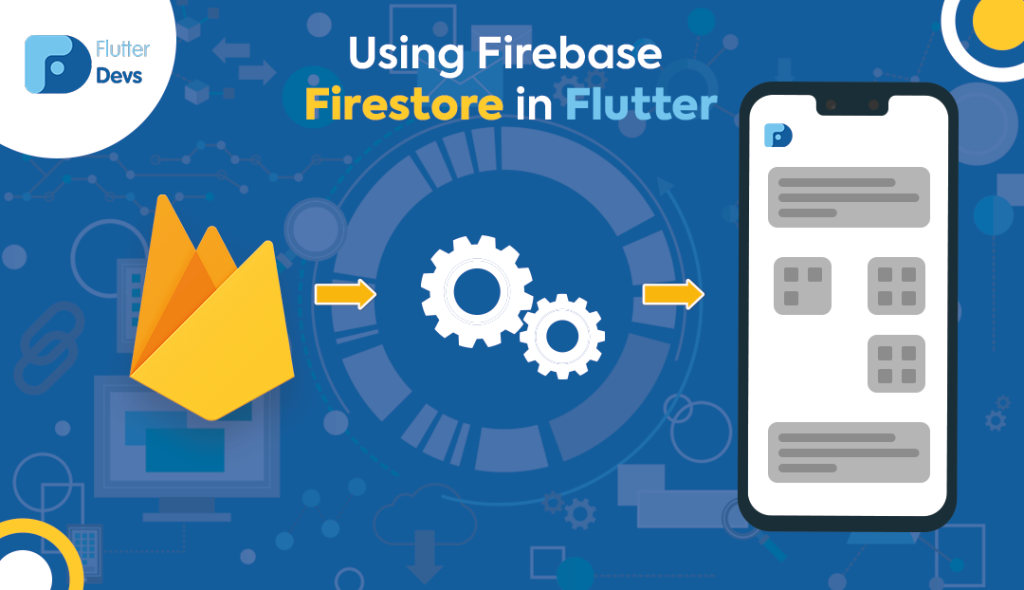
Firebase Support
Flutter’s firebase provides backend-as-a-service that includes cloud, real-time database, crash reporting, data testing, validation, etc. With flutter 3.0, the firebase support becomes more robust and empowered.
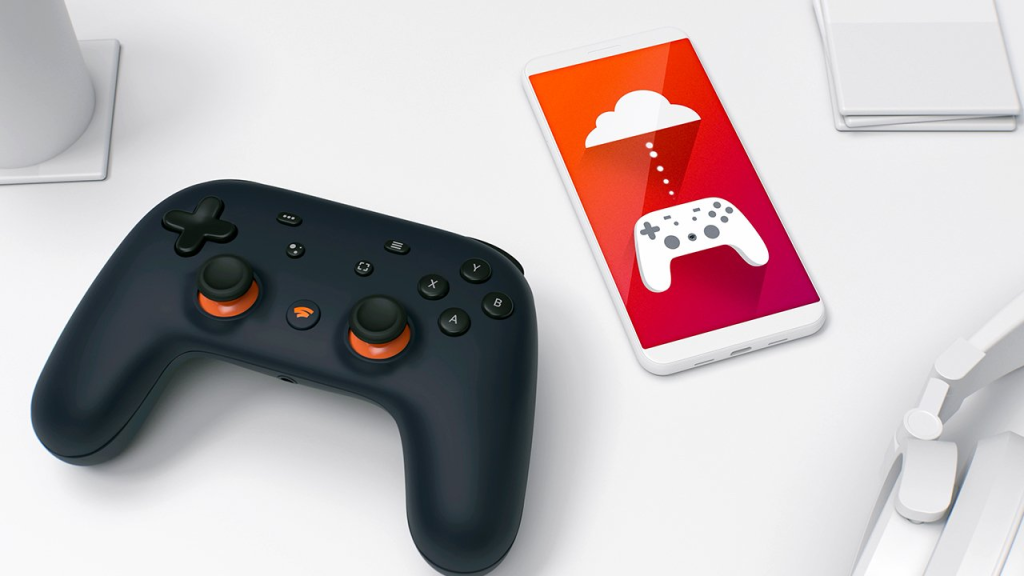
Games Toolkit
Google has announced a simple-to-use toolkit for casual games with Flutter 3.0. Developers will be able to create casual games from scratch using the toolkit. This open-source toolkit will enable developers to add several new features to games. Flutter also supports hardware-ready graphics, so developing casual games will become seamless using flutter 3.0.
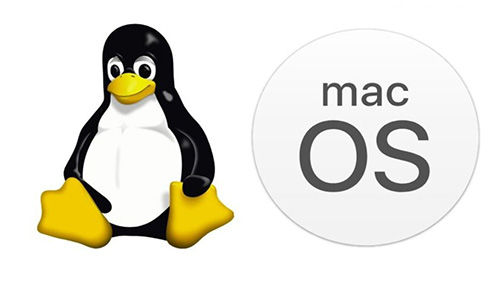
MacOS and Linux
Flutter 3.0 has finally made Linux and macOS stable. When flutter was launched in 2017, it only supported android and iOS which was later expanded to web and windows. By supporting Linux and macOS, developers will be able to breathe cross-platform applications for all 6 platforms with a single code base.
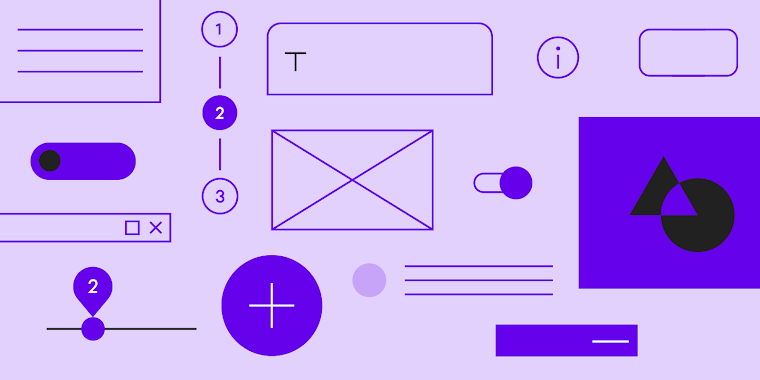
Material Design 3
Otherwise known as Material You, Material Design 3 will have significant changes including frameworks, typography updates, and improvements in other components. Material Design 3 was displayed with the following widgets-
- Adaptive colors
- New buttons
- New app menu
- Variable font support
Material Design 3 is a way to make your cross-platfrom application more user-friendly.
Foldable support for phones
Flutter 3 will support the development of foldable phones. The new widgets available will enable developers to build applications for foldable phones by using MediaQuery class. Developers can specify rules for folds, hinges, cutouts, and other details in this class.
The better refresh rate for iOS
iOS devices including iPhone 13 pro and iPad Pro, will uphold a refresh rate of 120 Hz which was limited to 60 Hz till now. This will improve the user experience of the applications.
Image Decoding
Through the Flutter web interface, image coder API can be accessed and deployed automatically with Flutter 3.0. With the browser’s built-in image codecs, the image decoding will become 2x faster as it will decode images asynchronously.
Web Application Lifecycles
Flutter 3.0 will now provide a web application lifecycle API which will provide developers better control over the bootstrap process of applications if hosted through an HTML page.
Other than these, flutter 3 has many fundamental improvements. With better UI and support for the latest device trends, flutter 3.0 will help developers build apps that are more robust, and have better performance with a seamless user experience.




